How Coral Reefs Are Formed
🌊 Get ready to take your students on a breathtaking underwater journey with this vibrant and curriculum-ready coral reef video for kids. Through vivid narration and crystal-clear visuals, your learners will discover how coral reefs are built by tiny coral polyps—animal architects the size of a fingernail! This video turns ocean science into an engaging story, ideal for bringing Earth science or life science lessons to life.
🪸 How Coral Reefs Are Formed for Kids – Polyps, Reefs & Underwater Wonders
Students will explore the science behind reef-building, including the symbiotic relationship between coral polyps and algae, the process of reef growth over thousands of years, and how different coral types contribute to reef ecosystems. From the stony skeletons of hard corals to the swaying sea fans of soft corals, the content is rich in biological detail and visual learning opportunities.
🧪 This video also introduces students to terms like zooxanthellae, plankton, and atolls, reinforcing science vocabulary and curiosity. Learners will understand the ideal conditions for coral reefs to form—sunlight, warm tropical water, and ocean movement—and see how geography and biology connect. The explanations are age-appropriate but intellectually stimulating, making it ideal for Grades 3–6.
🎓 Whether you’re launching a unit on ecosystems, teaching biodiversity, or exploring Earth’s oceans, this classroom favorite will instantly hook students and enrich your lesson plans. It’s aligned with NGSS and social studies science cross-curriculum goals, making it the perfect digital tool for elementary educators seeking both accuracy and excitement.
Video length: 13:15 minutes.
Worksheets
Quiz
Coral Reef WHO Organizer
Coral Reef Jeopardy
A Coral Creation
Coral Reef Match the Description Vocabulary Sheet
Captured on a Coral Reef – Writing Prompt
Draw a Coral Landscape
Universal Resources
National Standards
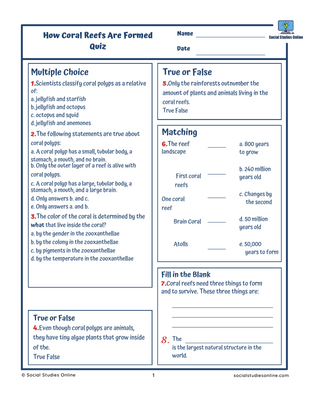

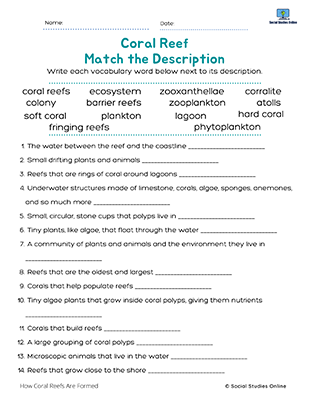

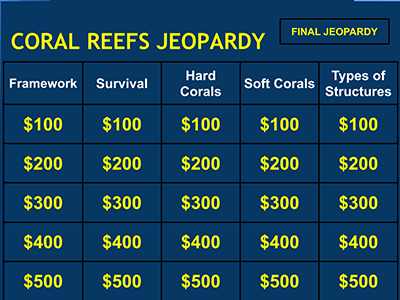



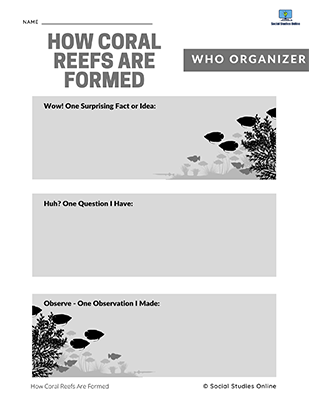

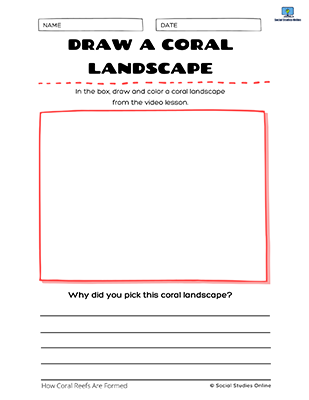

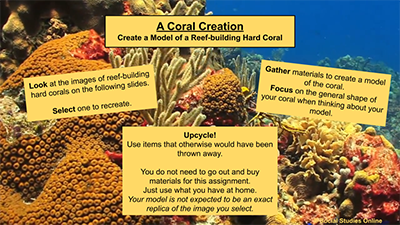

Video Subscriptions
When you only need one video- Unlimited viewing of 1 video
- Post-trip quiz + resources for 1 video
- Access to Closed Captioned version of 1 video
- Lowest-cost option
Teacher + Class Subscription
Teacher + Students- Unlimited access to the entire video lesson library
- All quizzes + learning resources
- Access for 1 teacher + all students
- Access to all Spanish videos + resources
- Access to all Closed Captioned videos
- Best value option for one teacher
School-wide Site License
All teachers + All students- Unlimited access to the entire video lesson library
- All quizzes + learning resources
- Access for all teachers and all students
- Access to all Spanish videos + resources
- Access to all Closed Captioned videos
- Best for school administrators supporting their teachers & students
- Up to 500 students – $450/year
- 500-1,000 students – $600/year
- 1,000+ students – $1,000/year
Topics Covered
Fun facts about coral reefs
Coral reefs as an ecosystem
Coral polyp structure
Coral polyp feeding and survival needs
Hard/soft corals – definition
Hard/soft corals – examples
Anenomes
Fringing Reefs, Barrier Reefs, Atolls
Classroom Ideas
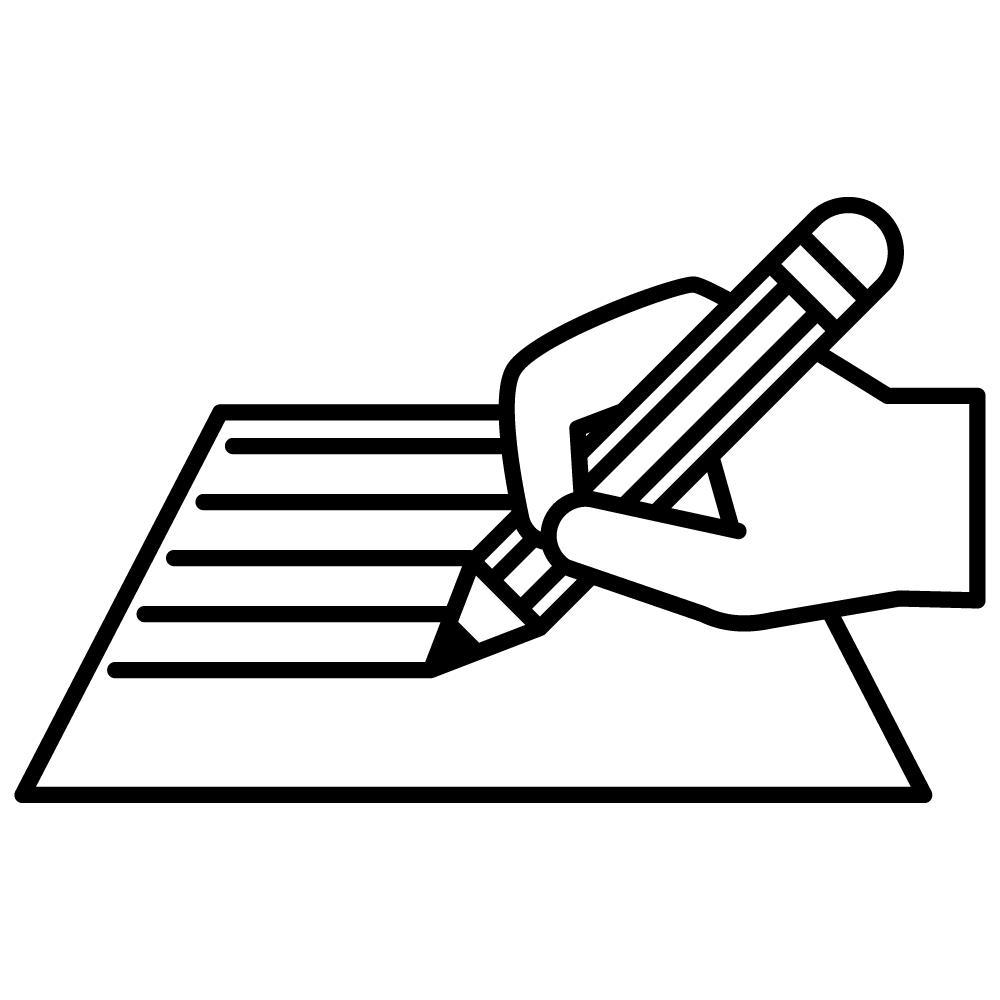
Cloze Practice
A cloze piece has full sentences used in the virtual field trip with blanks where students can write in the information that is missing. This task requires close listening to the trip in order to complete it.
Example: Coral reefs are the _______ type of ecosystem in the world. They’ve been around for over _____ million years.
Answers: oldest; 240
Alternatively, you could have students create 5-10 cloze statements and they could share those with the class.
A third alternative is to distribute the cloze worksheets before watching the video. Students can fill them in as they watch.
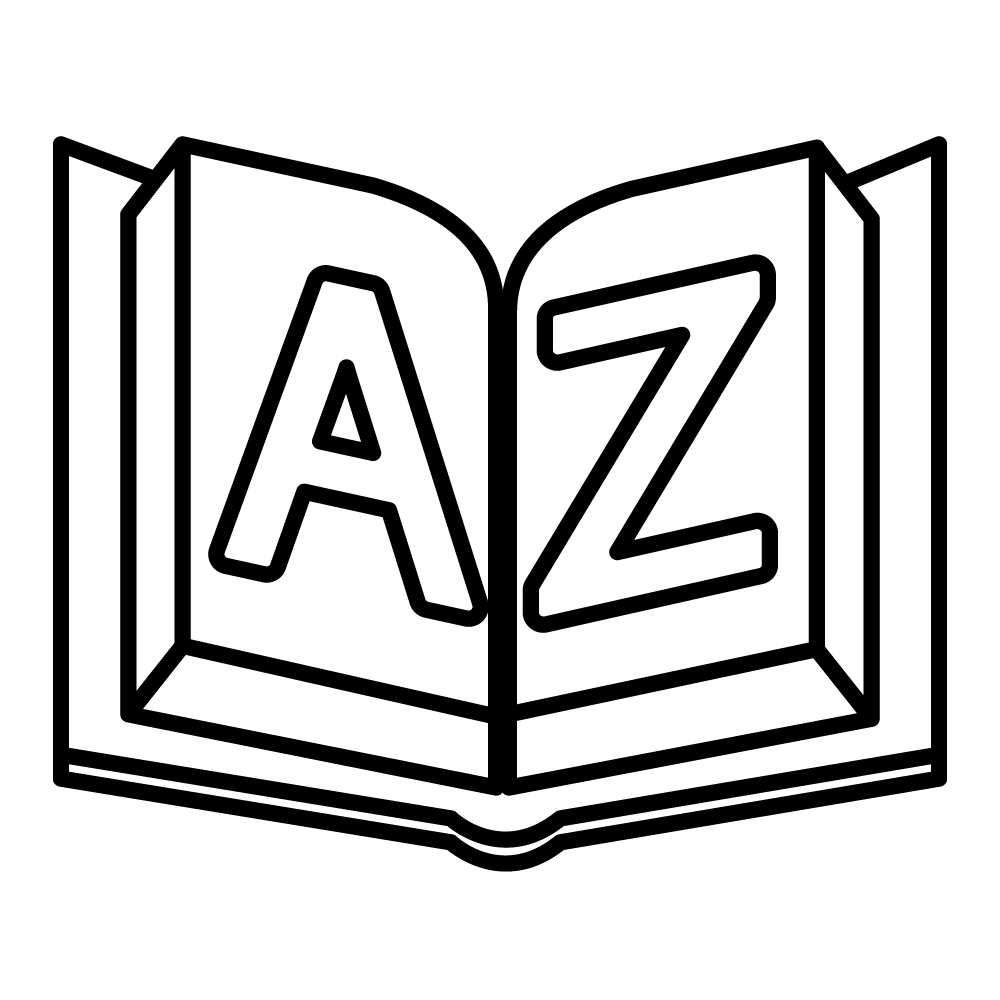
Explore Vocabulary
Identify key vocabulary terms while previewing each video. Prompt students to find the meaning of each word as they watch the video. Example: What does the word polyp mean? Think about the meaning of each word as you watch this video about How Coral Reefs Are Formed.

Diorama
Create a diorama of the Rainforest.
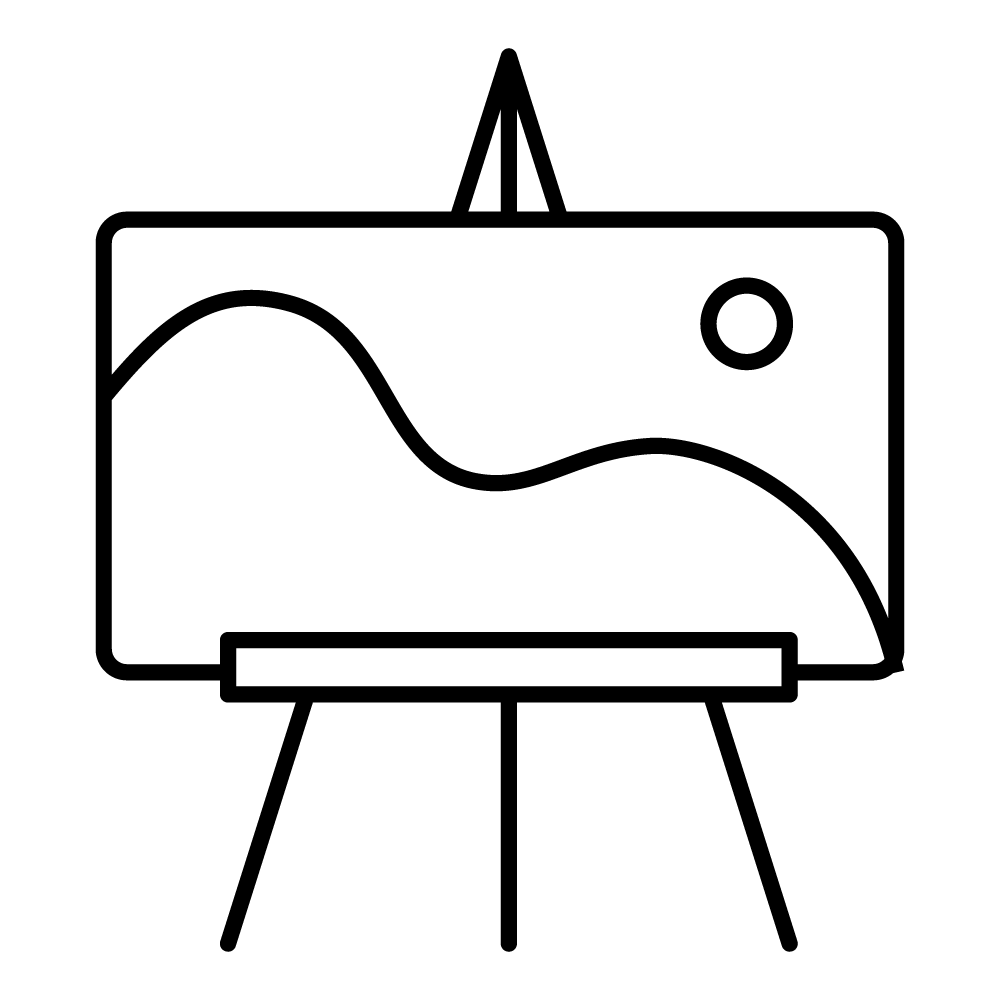
Art and Writing
Draw a picture of a coral in its environment.
Then, write a paragraph about the coral/sponge you chose and the environment it is in.

Art
Use Playdoh or clay to create a hard coral, soft coral, sponge, or an anemone.

Coral List
List as many of the many different types of corals and sponges as you can remember, and draw a picture of the one you like the most.

Create Quizzes
Students create a quiz based on the information presented for their peers. This can be used as a review for a test, or jigsaw class activity where students are responsible for teaching other students assigned topics
Example: using Kahoot, EdPuzzle, Google Forms

WHO Organizer
As students watch the video, have them complete an organizer that asks them to find:
Wow! One surprising fact/idea:
Huh? One question they have that the field trip didn’t answer:
Observation: One observation they had about the information contained on the field trip.
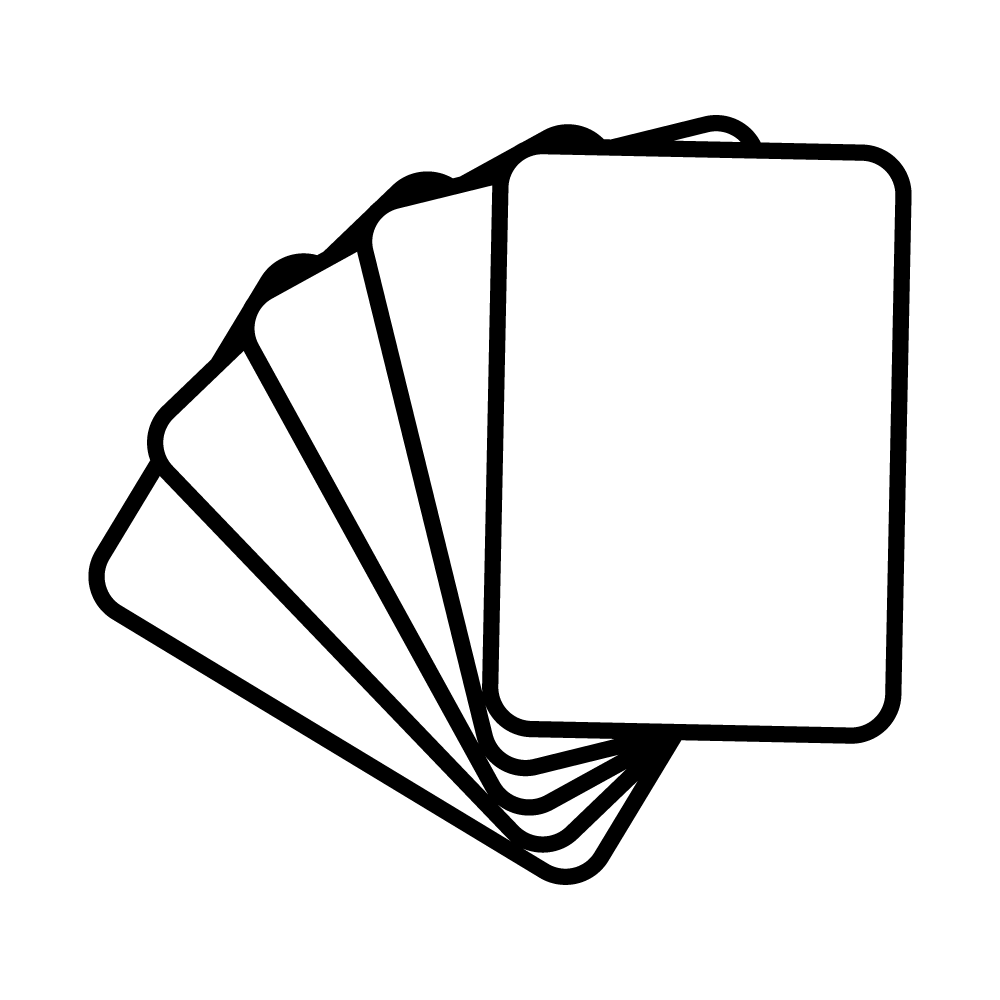
Flashcards
Have students research and print out different types of coral and sponges. Create flashcards with the images and have students quiz each other to classify them as hard corals, soft corals, or sponges.
To make the quiz a bit more difficult, have students challenge each other to name the actual coral or sponge.
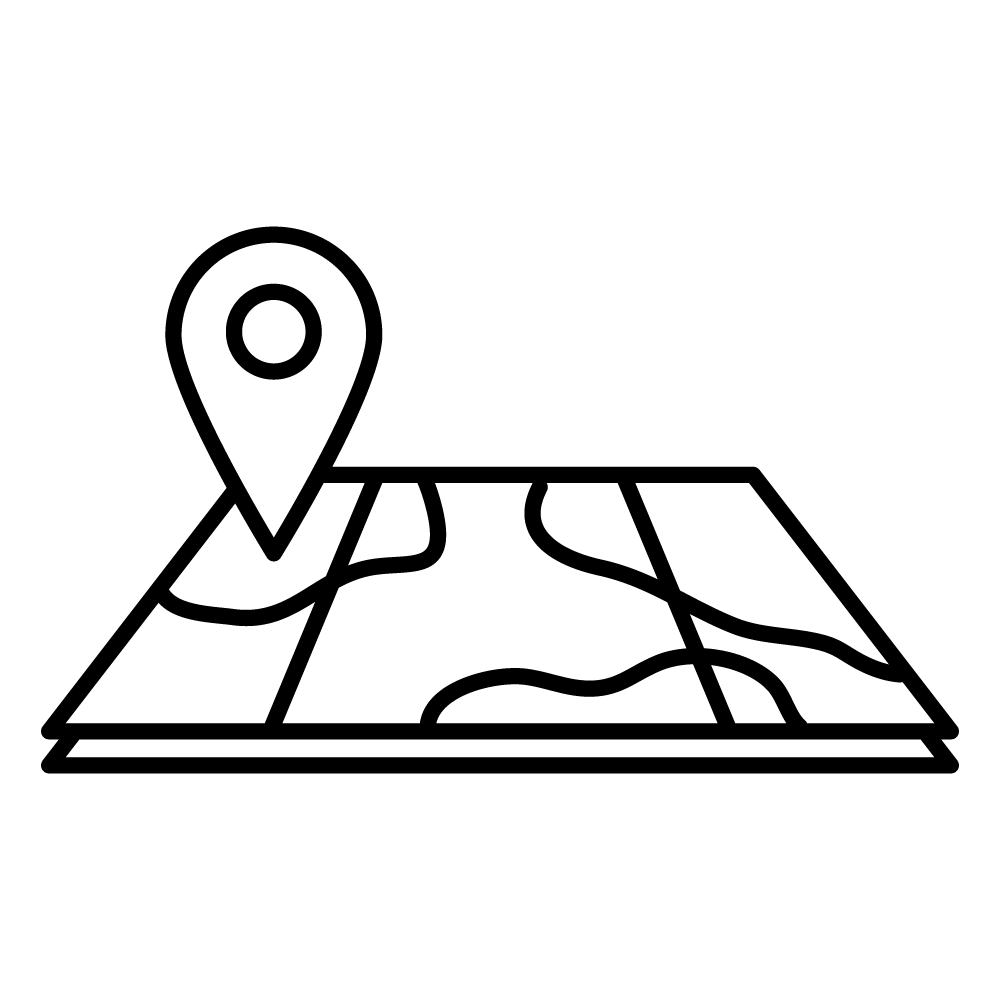
Mapping
Have students print out a map of the world and identify coral reefs around the world.
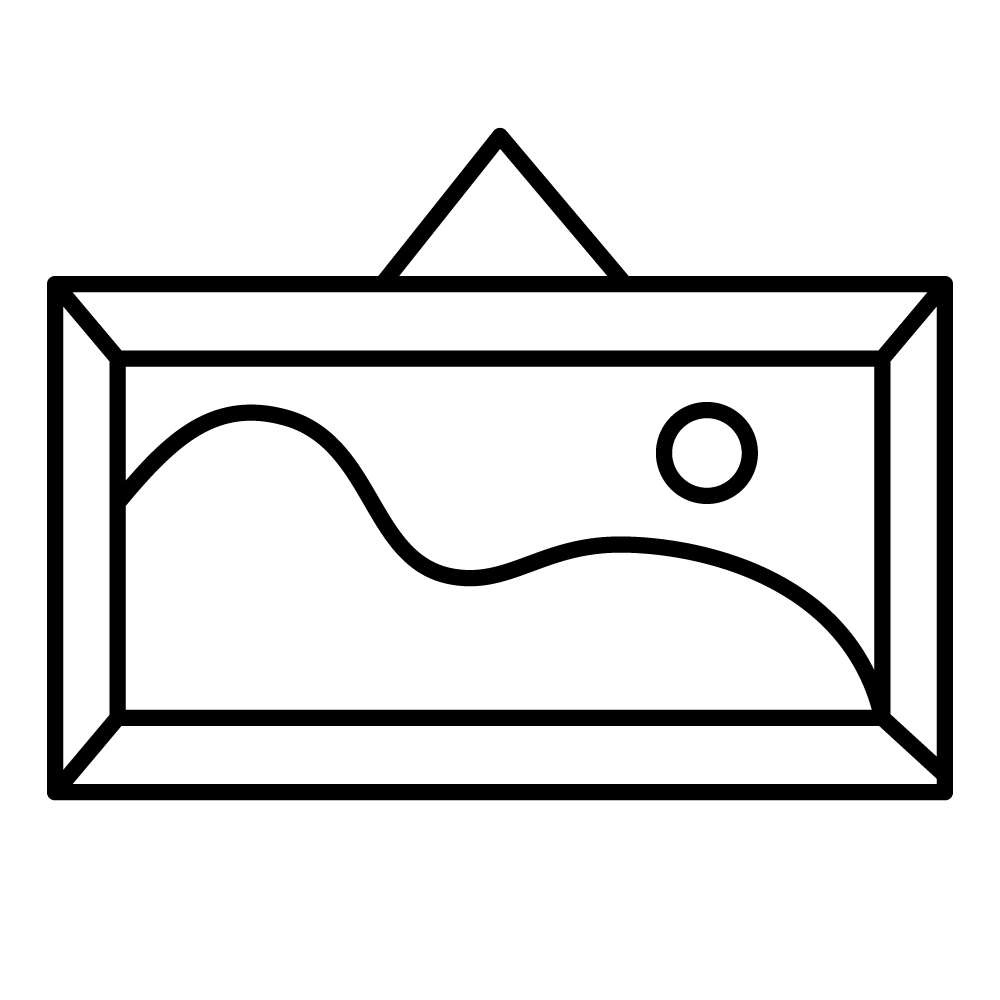
Art
Draw a coralscape from the video you just watched
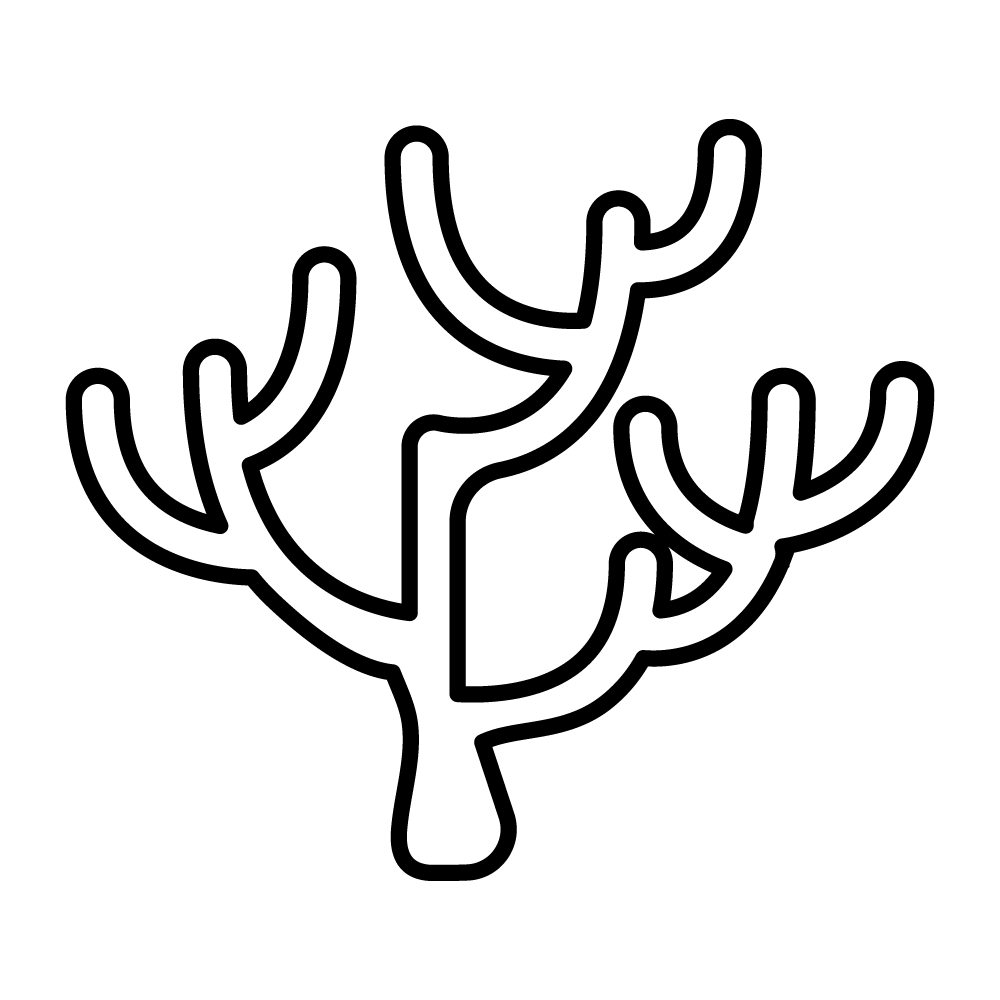
Writing
Ask students to write about their favorite type of coral, sponge, anemone, etc. on a coral reef. Ask them to describe it, and explain why it’s their favorite.
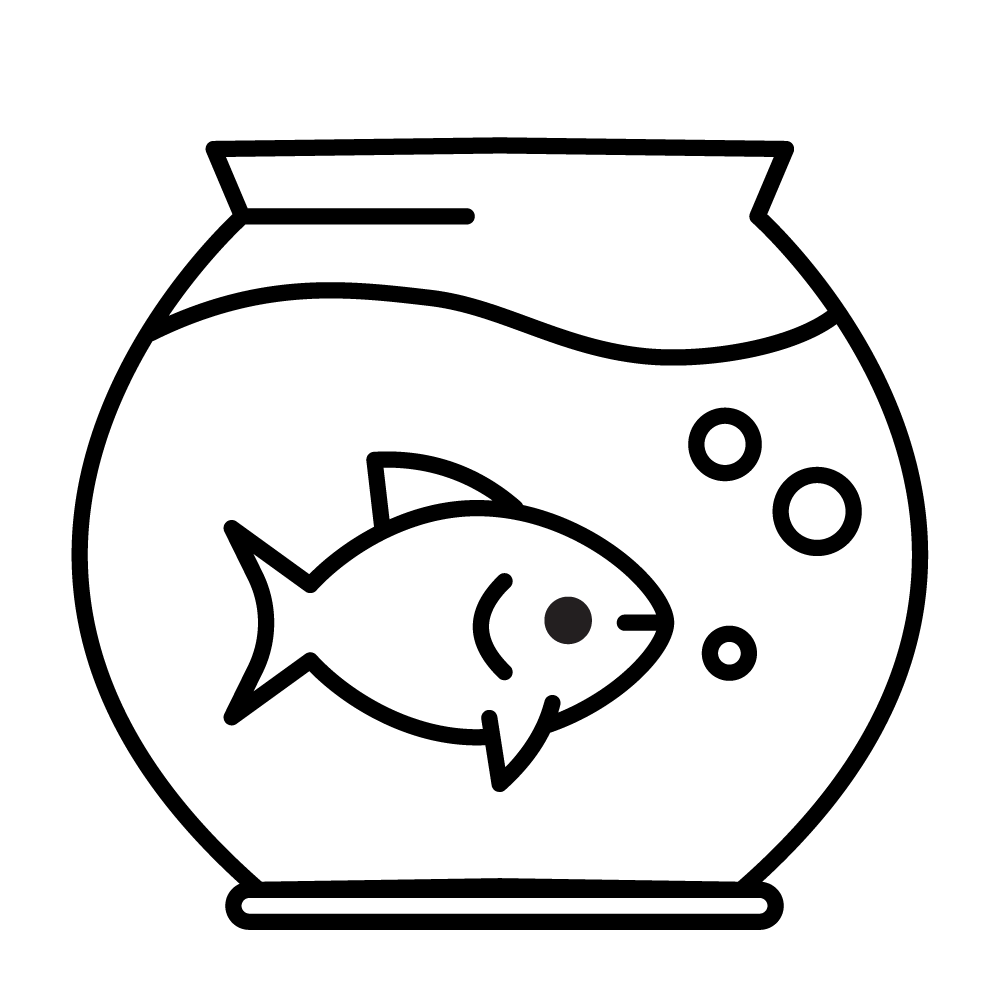
Exploring Biomes and Ecosystems
Ask students to examine the ecosystem in which they live. Do a brainstorming session in which the class comes up with all the elements of their ecosystem, and how all the elements interact. Once this is done, introduce the Coral Reef ecosystem.
Classroom Ideas for ALL Videos
Dozens and dozens of ideas that you can use in your classroom along with our videos!
Related Videos
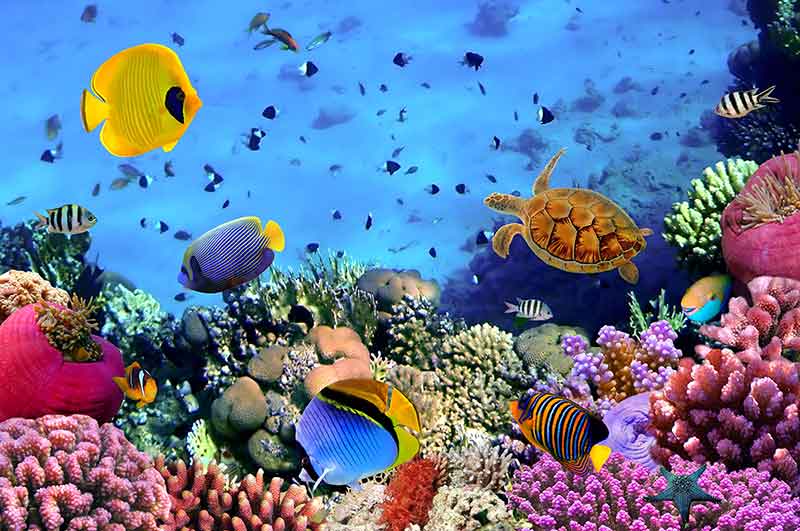
Who Lives On a Coral Reef?
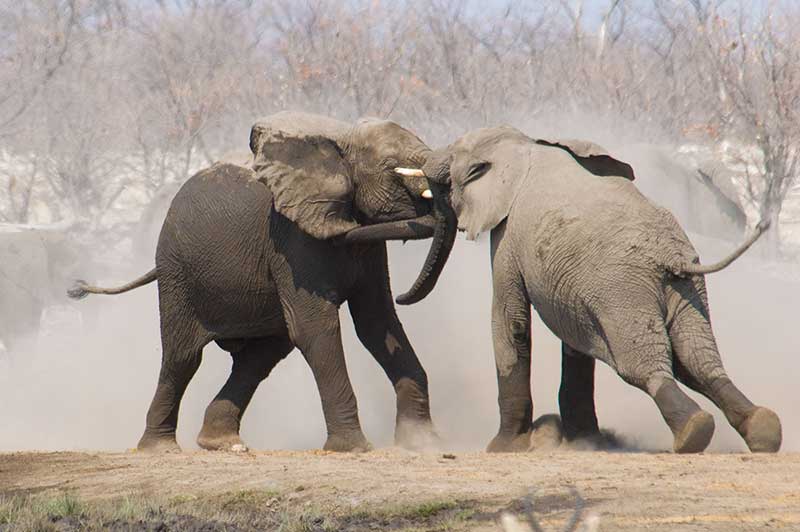
African Safari
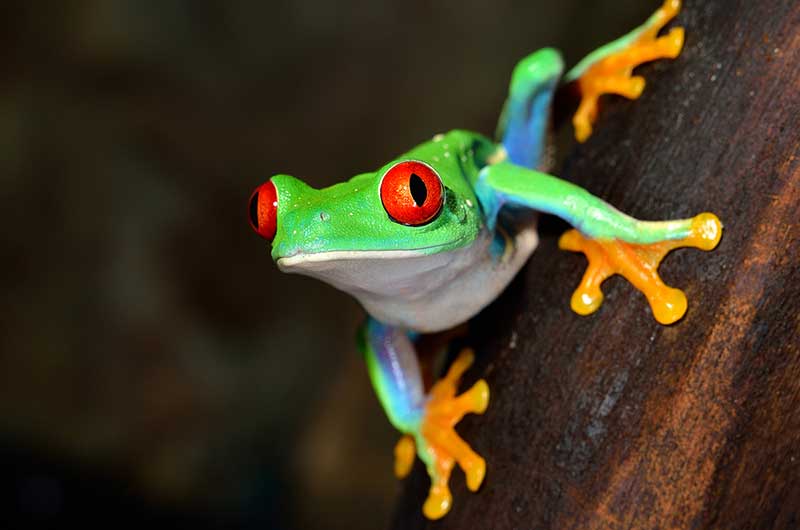
Amazon Rainforest (Grades 2-5)
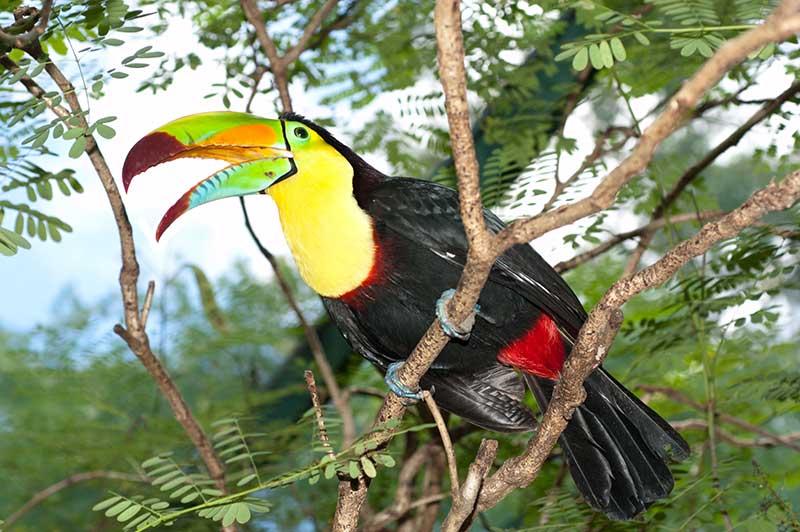
Amazon Rainforest (Grades 6-8)
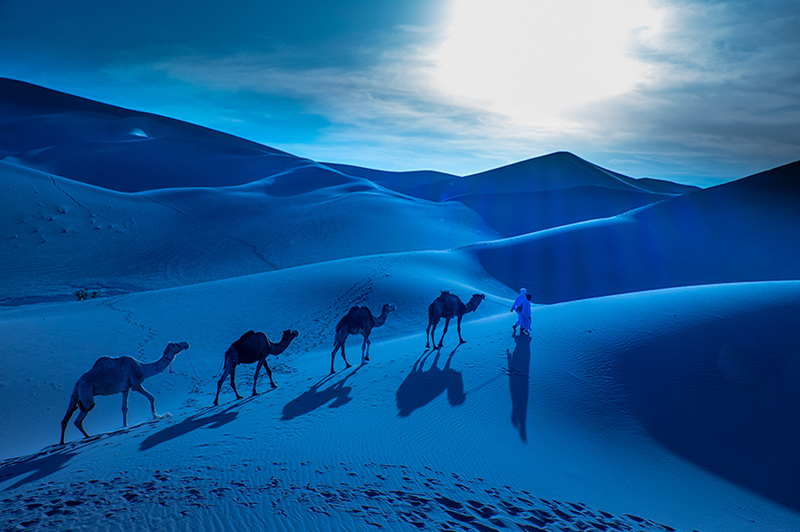
Sahara Desert
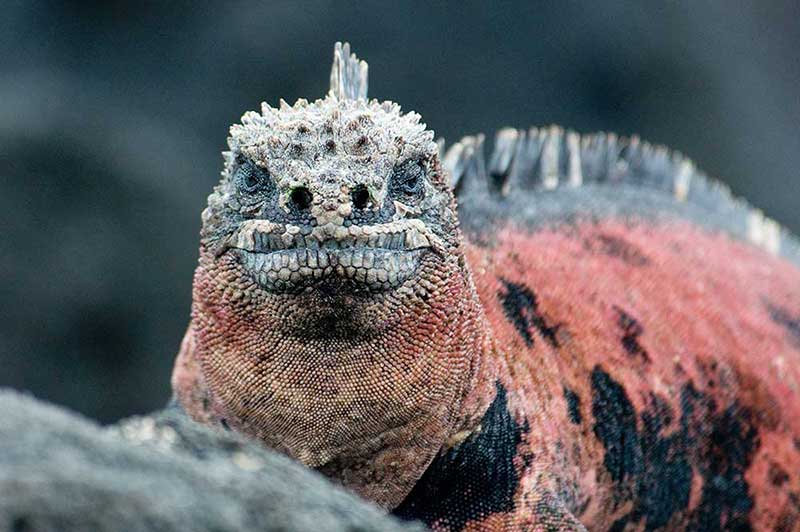
Galápagos Islands
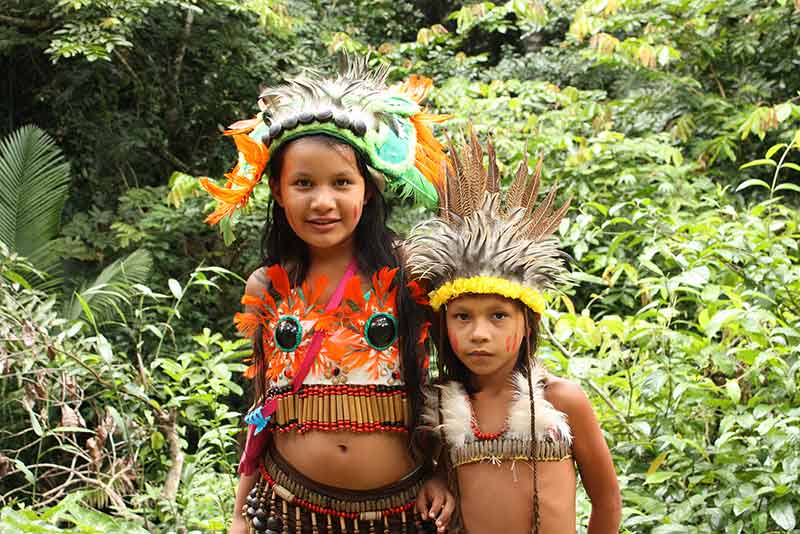
Amazon Rainforest: People & Threats (Grades 2-5)
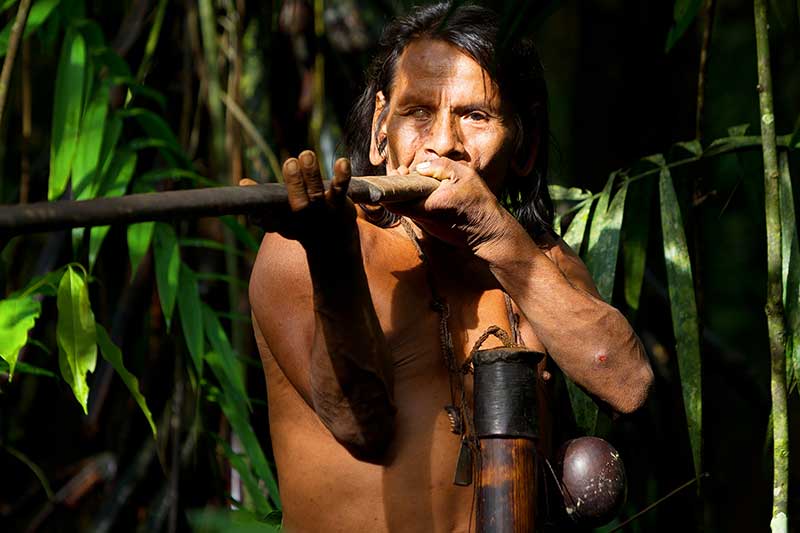
Amazon Rainforest: People & Threats (Grades 6-8)
Video Subscriptions
When you only need one video- Unlimited viewing of 1 video
- Post-trip quiz + resources for 1 video
- Access to Closed Captioned version of 1 video
- Lowest-cost option
Teacher + Class Subscription
Teacher + Students- Unlimited access to the entire video lesson library
- All quizzes + learning resources
- Access for 1 teacher + all students
- Access to all Spanish videos + resources
- Access to all Closed Captioned videos
- Best value option for one teacher
School-wide Site License
All teachers + All students- Unlimited access to the entire video lesson library
- All quizzes + learning resources
- Access for all teachers and all students
- Access to all Spanish videos + resources
- Access to all Closed Captioned videos
- Best for school administrators supporting their teachers & students
- Up to 500 students – $450/year
- 500-1,000 students – $600/year
- 1,000+ students – $1,000/year


